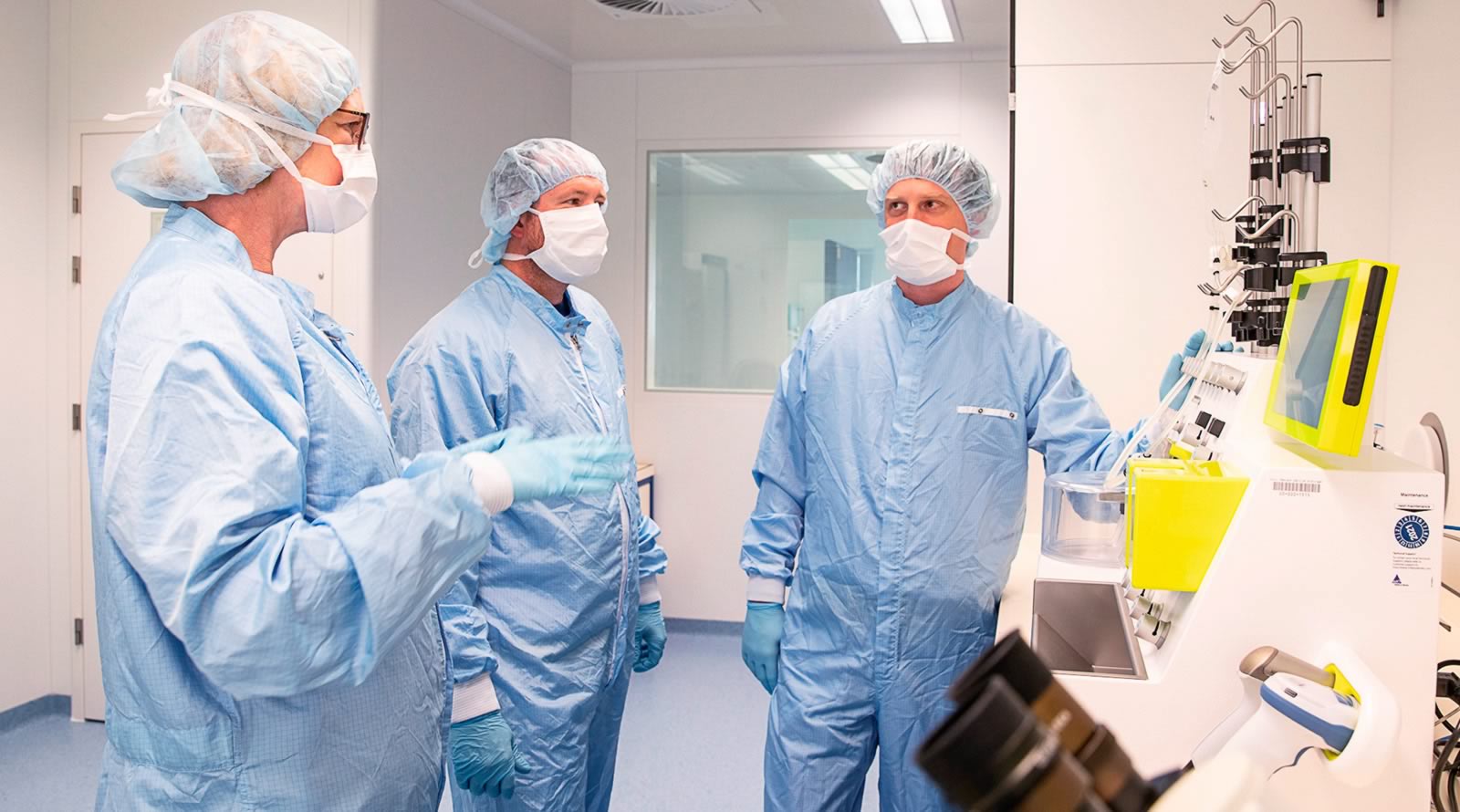To address this issue, Dr. Kruijff has initiated the pilot project ‘Shared decision making’ (or, ‘Samen beslissen’). This pilot was aimed at exploring how patients, specifically cancer patients who might have to undergo heavy treatment, can be guided to make a more informed decision about their treatment, and to take into more serious consideration the validity of not undergoing treatment.
Awareness of the consequence of treatment versus non-treatment
What prompted Dr. Kruijff to initiate such a project was his own clinical experience: “During my time in the clinic I have often seen people choose for a treatment as a sort of last resort, while being traumatised by the sudden notice of their condition.” According to Dr. Kruijff the decision-making process should be more engaging. Patients should be made more aware of the consequence of treatment versus non-treatment, so that they might choose for the quality of their life, rather than exclusively its duration. “After visiting the clinic once, patients choose for a treatment, but do not know what they are actually choosing,” explains Dr. Kruijff. Patients who are just given the news of their condition are understandably under heightened emotional stress and feel under time pressure to make a decision.
Associating hospitals with treatments
A better-informed patient might lead to a shift in the normally treatment-driven field of oncology. The fact that no treatment is also an option is often neglected, partly because people associate the hospital with treatment. “A hospital is much more than only treatments” explains Dr. Kruijff “it’s a place to hear your condition, how long you have to live and what this will look like.” The side-effects of a specific treatment are fully explained, but it should also be explained what happens when the choice is to not undergo the treatment. This option is often not emphasized, and many clinics revolve around treatments. It is a huge dilemma, Kruijff emphasizes: “The time you might win with a treatment is being spent in the waiting room of the clinic.” The options have to be weighted carefully. Patients who undergo treatment go to the hospital, spend a lot of time waiting, endure all sorts of side-effects, but get to live longer. They should get the time and attention to think about possible treatments more thoroughly and consider what’s best for the quality of their life, not only for the duration.
Pilot project of two visits
To address this issue and set up a pilot project of patient education, Dr. Kruijff joined forces with Dr. An Reyners, herself an oncologist and professor of palliative care at the UMCG. They applied for and received a grant from ZonMw of €25.000.
The patients participating in this pilot, instead of visiting the clinic only once, were offered two visits. During the first, they were educated about the different treatment and non-treatment options; they then were asked to watch a movie at home, highlighting what considerations should be taken into account when choosing for a treatment in this phase. During this time, they could contemplate the options and make a more informed decision. A second visit to the clinic was then scheduled to discuss their decision with the surgeon.
Implementation in practice
The project encountered challenges, yet produced good lessons learned for future iterations. Recruiting and engaging participants for such study was no easy feat. The plan was to include 20 participants, yet only 5 were able to successfully complete the tasks. This was partly due to the emotional charge of the situation, and partly to the fact that instead of a clinician, who could have connected more directly with the participants, an external researcher was involved in explaining the background of the study and administering the questionnaires to the patients.
The project was brought prematurely to a halt because the lack of engagement of patients and clinicians hindered its viability. Yet the enthusiasm for the issue did not subside. Dr. Kruijff aims to re-ignite the project with new energy and at a wider scale, taking into account the lessons learned from its first iteration. Involving clinicians in the process could be critical to getting the project to the next stage, as they are better suited to explain the need of the study to a patient than an external researcher.
“I would like to see such a study to be implemented nationwide, because it is a very urgent matter,” says Dr. Kruijff. He adds, “During the COVID-19 time we have seen and continue to see how relative healthcare is. The situation showed us that the virus has superseded a wide array of medical procedures and processes. Not every treatment a patient is eligible for in theory, should be necessarily performed. The COVID situation lets people think about what is really necessary and what is not.”



